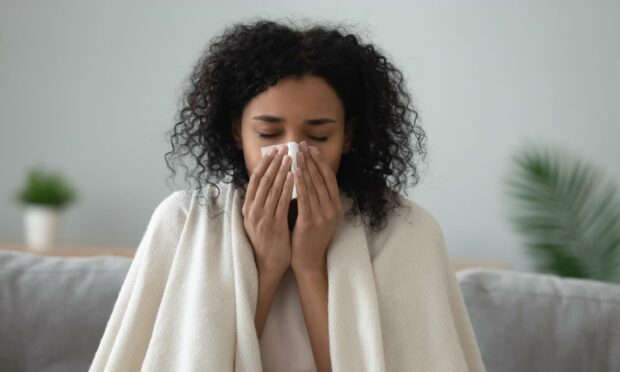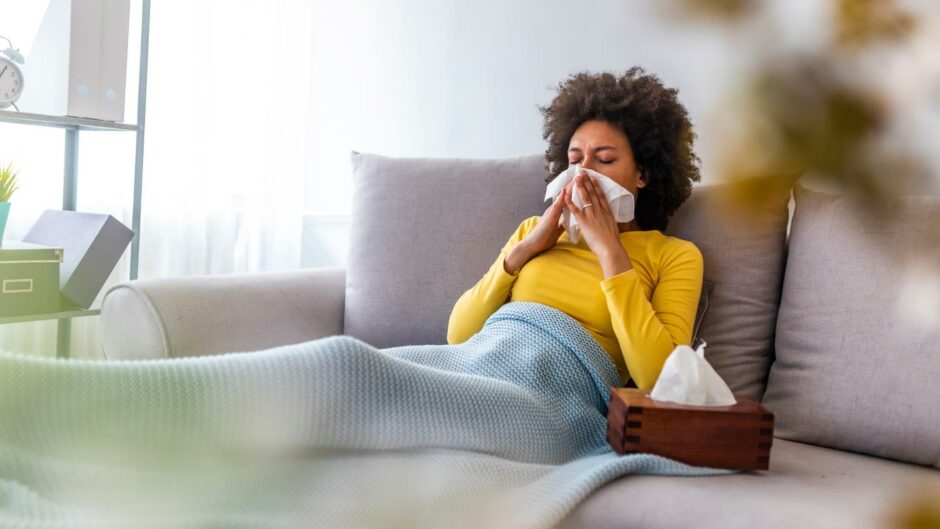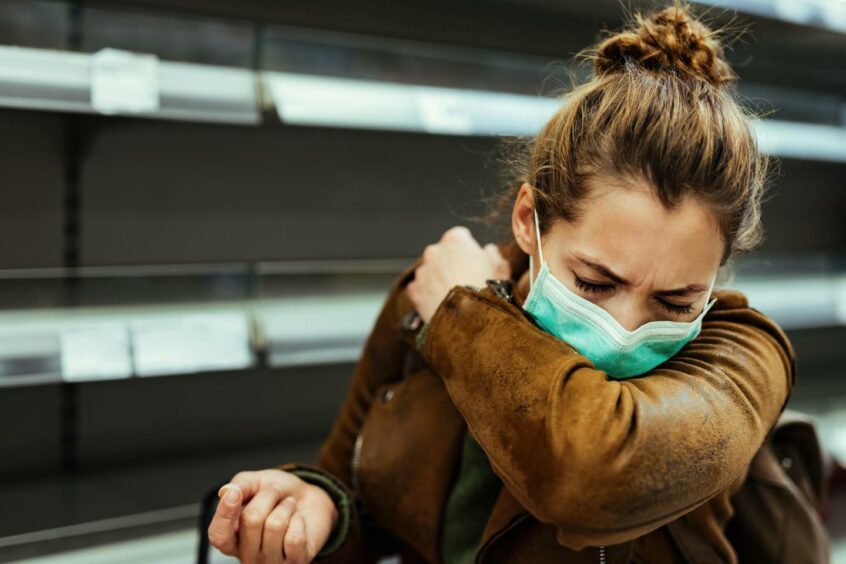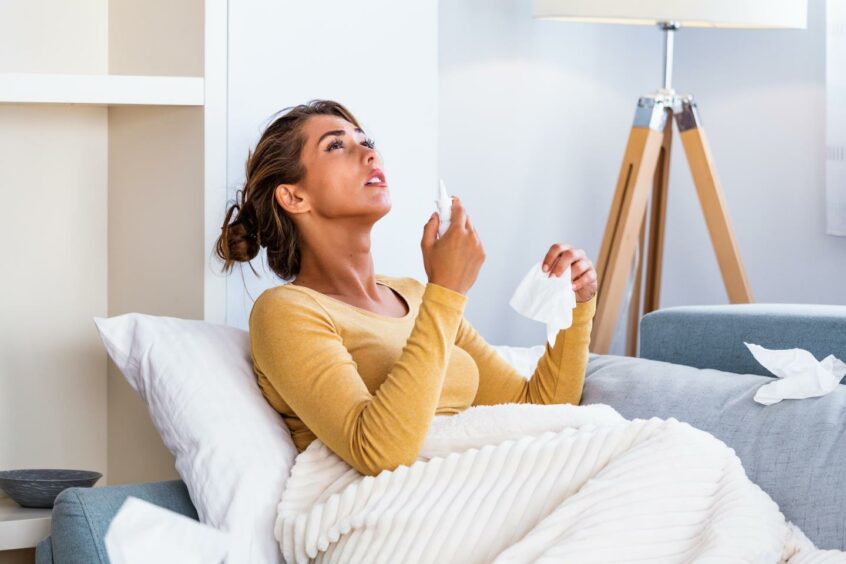As Covid restrictions have eased across Tayside and Fife in recent months, we’ve been able to spend more time socialising in person.
This increased mingling has led to high levels of positive Covid cases, as well as the return of other less threatening viruses, such as the common cold.
But with Covid symptoms and those of other illnesses often appearing similar, how can you make sure your cough is just a cough?
And if you have a cold for the first time in more than a year, how can you beat it as quickly as possible?
We’re answering all your questions on the “worst cold ever” and how to make sure it isn’t Covid.
A cold vs Covid
As we have learned over the last 19 months, the main symptoms of Covid-19 are:
- a high temperature
- a new, continuous cough
- a loss or change to your sense of smell or taste
In comparison, common cold symptoms include:
- a blocked or runny nose
- a sore throat
- head or muscle aches
- coughing
- sneezing
- a raised temperature
- pressure in ears and face
- loss of taste and smell
Some of the common cold symptoms overlap with Covid-19 symptoms. If you have any of the Covid symptoms, you should order a home PCR test, or book an appointment at a walk-in test centre, just to be safe.
Why do I have the ‘worst cold ever’?
The colder months usually mark the start of ‘cold season’, but last year’s Covid restrictions meant the cold couldn’t spread in the way it normally does.
But a return to more relaxed rules around socialising in public and people’s homes has meant a similar return to the spread of the common cold.
Colds can be picked up when others around you are infectious, with it usually spreading through coughing or sneezing.
So, if you’ve been socialising more, spending more time on public transport, or have returned to your workplace in recent weeks, there are plenty more opportunities to catch it than if you were still at home.
How can I get rid of the cold?
You usually start to recover from a cold within a week or two and remain infectious until your symptoms stop.
However, there are some things you can do to speed up your recovery.
Getting plenty of rest, drinking lots of water, keeping warm and eating well are some of the top ways to beat the cold.
If you have a sore throat or cough, gargling salt water is thought to be soothing.
You can contact your pharmacist or purchase over-the-counter medication for colds too – decongestants can help with a blocked nose or sinuses, and aches and pains can be treated with paracetamol or ibuprofen.
However, cough and cold medicines often contain paracetamol and ibuprofen, so you should be careful of taking both at the same time.
How can I stop myself from catching a cold?
There are no foolproof ways to avoid catching the cold, but there are some things you can do to reduce your chances:
- wash your hands frequently with warm water and soap
- don’t share household items (such as cups, cutlery or towels) with someone who has a cold
- don’t touch your eyes or nose, in case you’ve come into contact with the virus



